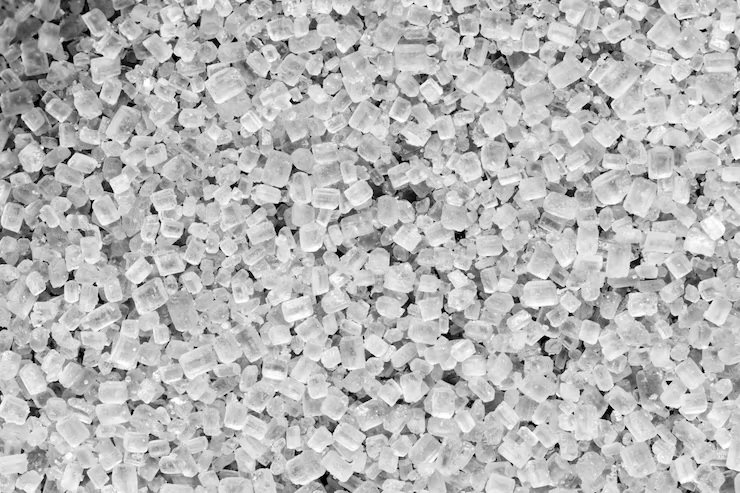ABS Injection Molding: Excellence and Production Process
Injection molding is a manufacturing process used to make products from various types of plastic materials. One of the most common types of plastic material used in this process is ABS (acrylonitrile butadiene styrene). ABS injection molding is a technology that combines ABS material with injection molding machines to produce high-quality plastic products with high accuracy.
Advantages of ABS Injection Molding
ABS injection molding has several advantages over other manufacturing processes, such as conventional injection molding. These advantages include:
Heat and impact resistance
ABS has high heat and impact resistance, making it ideal for use in products that require good strength and durability.
High-Detail Printing Ability
The ABS injection molding process allows plastic products to be molded to a very high degree of detail. This makes it ideal for products where intricate details or high precision are required.
Low production costs
The ABS injection molding process makes it possible to manufacture products in large quantities at relatively low production costs. This makes them ideal for the mass production of products such as gadget cases, toys, automotive accessories, and so on.
ABS injection molding production process
The ABS injection molding process involves several stages of production, including:
Material Preparation
The ABS material is placed in the hopper of the injection molding machine and passed to the heating tube, where it is melted down into a liquid form.
Material Injection
After the ABS material is melted, it is injected into the mold through the injection molding nozzle. This process is usually managed by a computer program called numerical control (CNC).
Material Compaction
After the ABS material is injected into the mold, it is allowed to cool and solidify. The compaction of this material ensures that the resulting plastic product has sufficient resistance and strength.
Product Separation
After the plastic product has cooled and hardened, the mold is opened and the plastic product is removed. The product is then cleaned and inspected to ensure that there are no defects or damages.
In the ABS injection molding process, the molds used can vary in shape and size depending on the plastic product you want to make. This process is very flexible and can be changed to meet the needs of different products.
However, like all manufacturing technologies, ABS injection molding also has some drawbacks. One of the main drawbacks is that this process requires relatively expensive machinery and equipment to operate. In addition, these machines and equipment also require regular maintenance and repairs to maintain optimal performance.
In addition, in the ABS injection molding process, the use of incorrect or inaccurate ABS material can cause the resulting plastic product to be deformed or damaged. Therefore, it is very important to choose the right ABS material and ensure that machines and equipment are operated by a trained and experienced workforce.
In terms of innovation, ABS injection molding technology is constantly evolving and improving in ways such as adding additives to improve the mechanical and functional properties of products. Some of these additives include fiber reinforcement, fillers, and impact reinforcement.
ABS injection molding is a manufacturing technology that is very useful for producing high-quality plastic products with great accuracy. Despite some drawbacks, the advantages of this process make it a popular choice for the mass production of plastic products such as gadget cases, toys, automotive accessories, and more. As technology continues to develop, we can expect that ABS injection molding will continue to be improved to meet future production needs.






